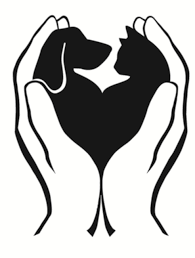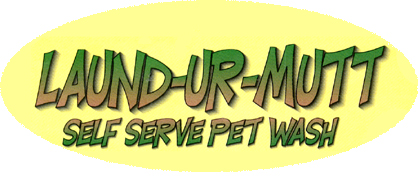7 things your pet groomer can be doing to protect your pet from Canine Influenza H2N3
While there is all this scary talk about canine flu H2N3, taking your pet to a store that has other unknown canines inside can be a scary affair. It really depends on the groomer. Because there are no real regulations for groomers, pretty much anyone with a business license can open up shop.
Here at GroomingDales Pet Salon and Day Spa, we are on the forefront of grooming equipment, style/trends, and safety practices. A pet groomer worth taking your pet to can certainly put practices in place to protect your pet from a virus that can be transmitted, by implementing some serious but necessary sanitizing and infectious disease protocols.
Zero tolerance for any nose to nose contact
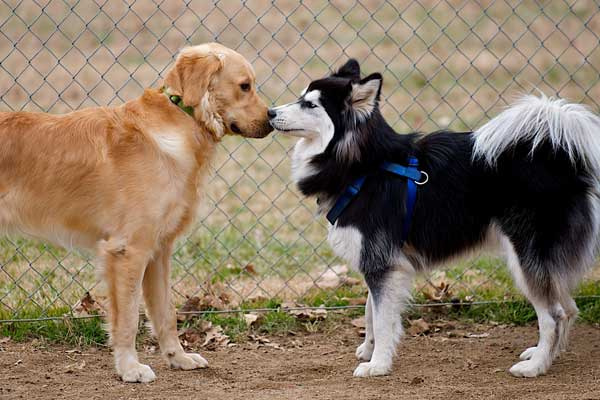 Canine flu is spread through respiratory fluids. Pets that are suffering from the virus are clearly sick, but dogs that have contracted the virus may not be showing symptoms yet. Your pet should never be introduced to an unknown pet by allowing them to approach each other face to face. As much as we would like our dogs to make friends with other dogs and to socialize them with other animals, the front room at the grooming salon probably isn't the place. When allowing our dogs to meet another dog, we should choose pets that we know, that belong to owners that we know, and with which there will typically be a future meeting.
Canine flu is spread through respiratory fluids. Pets that are suffering from the virus are clearly sick, but dogs that have contracted the virus may not be showing symptoms yet. Your pet should never be introduced to an unknown pet by allowing them to approach each other face to face. As much as we would like our dogs to make friends with other dogs and to socialize them with other animals, the front room at the grooming salon probably isn't the place. When allowing our dogs to meet another dog, we should choose pets that we know, that belong to owners that we know, and with which there will typically be a future meeting.
Sanitizing equipment, tables, and holding areas
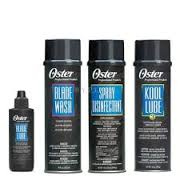
Groomers should always have good sanitizing practices. But the truth is, not all groomers clean their facilities on a daily basis, like we do. Because many grooming shops don't clean and sanitize... they turn their facilities into bacteria laden Petri dishes. During canine pet flu season, your pets should never be put in any type of holding area that has held another pet and not be cleaned and sanitized. Bleach is inexpensive and when mixed with water in the appropriate ratio, is a perfect sanitizing solution. Tables, equipment, especially clipper blades and shears that have be used around the mouth and nose should also be sanitized with spray disinfectant that is safe for scissors.
Hand washing and careful clothing practices
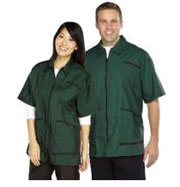
Groomers should handle pets gently and carefully without allowing the pets' faces or mouths to touch their clothing. Groomers who wear smocks are able to use spray sanitizer on their clothing, without fear of ruining it or transferring pathogens to another pet. Groomers who wear cotton T-shirts or other "normal" clothing do pose a risk of passing canine flu. Canine Influenza H2N3 can live on clothing for 24 hours or longer. Many groomers wear smocks to keep themselves clean, but a little spray sanitizer down the front can go a long way to protecting your dog or cat. Hands and arms should be washed, dried with paper towels, and sanitized between each pet they handle.
Common area sanitizing
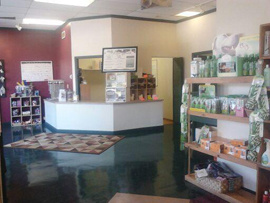
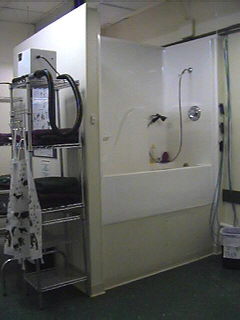
Any place that has the potential of touching a pet's nose or surface that may become the recipient of drool should be sanitized multiple times a day. Our front counter and tile floor are a good place to start. We have removed any decorative rugs, and are mindful to watch if a pet strays to an unusual spot that can be hit with sanitizer. Making sure to bring your pet in on a leash can help keep him by your side and safe from contact with other dogs or cats. Mopping with bleach won't keep our floors shiny, but they will be sanitary.
Solid wall/ceiling/floor crate systems.
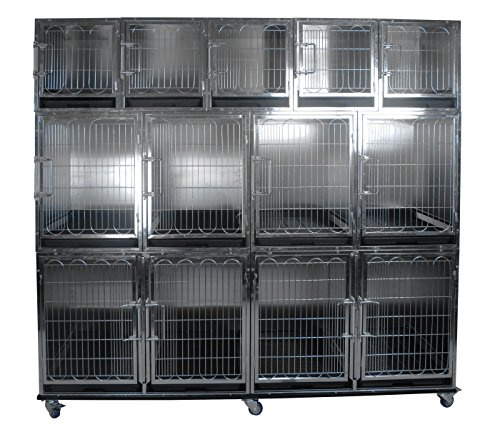
Stainless steel cage banks may not look very cozy, but they are easy to keep clean. Very Clean! ZERO GERMS CLEAN! They can be made very warm and cozy by adding fluffy towels that can be laundered with color safe bleach before coming into contact with another pet.
Many groomers "open up shop" without investing the money into caging systems that can keep the pets they groom and style safe. Stainless steel cage banks have removable doors, so they CAN be sanitized.
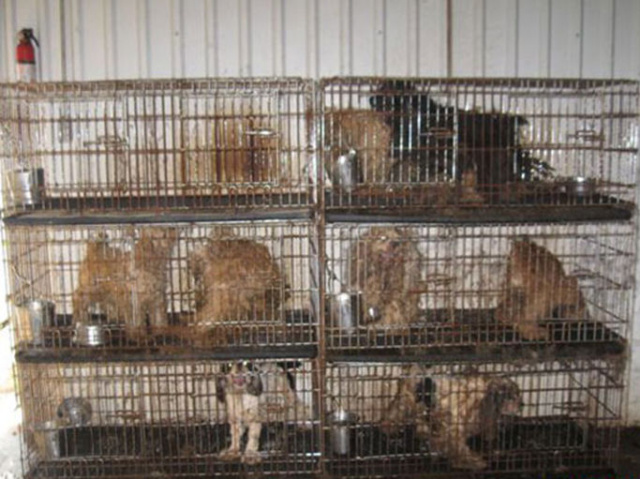
Although we used wire cages in the past, we learned decades ago that they cannot be cleaned to safe levels of bacterium... certainly not zero. Every wire and wire connection has to be sanitized. That's just not possible. Groomers that use wire cages for their general caging system often have rusty dirty cages that even when they look clean, are filthy with germs. Also the walls that are beside or behind these cages often have hair, dirt, urine, and feces on them. They certainly aren't anything that I want my furry friend to be held in when at a pet professional's establishment.
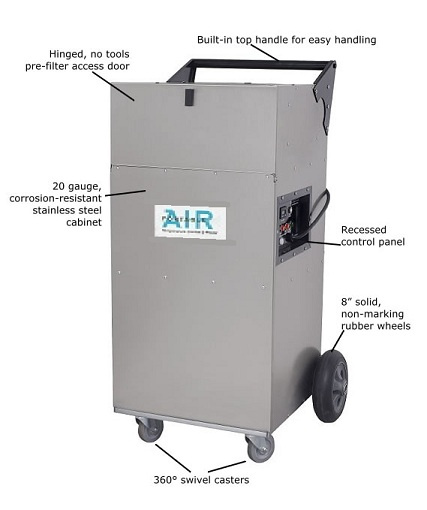 Hepa air filtration and Air scrubbers
Hepa air filtration and Air scrubbers
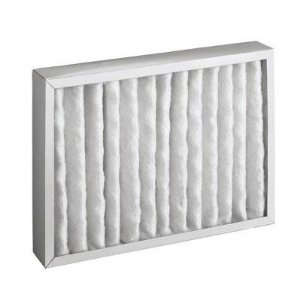
Air filtration is important when stopping airborne pathogens. Just like hospitals that don't want germs spreading in the air we don't either! Air scrubbers are a great idea and grooming salons that have them are very fortunate! Cleaning the air can go a long way toward protecting pets from viruses like H2N3.
Laundry facilities
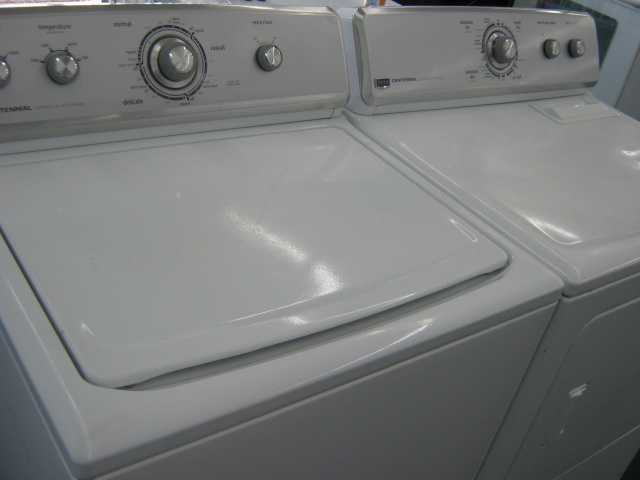 One very over looked germ culprit in grooming salons is the linens that they use with the pets. Towels, blankets and beds that are used in grooming salons should not be shared with other animals unless they have been properly laundered with bleach.Two weeks ago, we invested in over 180 brand new towels. That many towels requires constant laundering. In house laundry is crucial. Laundromat owners do not like so much dog hair to invade their commercial clothing facilities and hauling them home is not ideal, but possible. Clean and sanitized towels that are not reused on another pet are a must!
One very over looked germ culprit in grooming salons is the linens that they use with the pets. Towels, blankets and beds that are used in grooming salons should not be shared with other animals unless they have been properly laundered with bleach.Two weeks ago, we invested in over 180 brand new towels. That many towels requires constant laundering. In house laundry is crucial. Laundromat owners do not like so much dog hair to invade their commercial clothing facilities and hauling them home is not ideal, but possible. Clean and sanitized towels that are not reused on another pet are a must!
Although the threat of canine flu H2N3 is real, everyday life must go on. And our pets need professional grooming. Depending on exactly how conscientious your groomer is, you have better chances of avoiding a sick dog. If your pet is a senior or has a compromised immune system, you should talk to your groomer personally before scheduling an appointment. The same goes for very young puppies because as the flu isn't normally fatal, it can be to pets with weaker immunities. Getting your pet groomed at a reputable salon that already has good cleaning practices in place is a good choice. And for those that don't, now is when they should be the most. Asking your groomer ahead of time what they are doing to protect your pet is one of the most important things that you can do to protect your pet, while still having a beautiful, terrific smelling one! :)


